According to information from the hospital, Mr. HHN (84 years old, Cau Ke district, Tra Vinh province) was hospitalized due to abdominal pain and continuous high fever.
The old man's family added that he had a stomachache at home for about a day, accompanied by a fever, chills, and yellow eyes. The family bought medicine for him to take, but it did not improve, so he was taken to the hospital for emergency care.
Through examination and necessary paraclinical tests, abdominal computed tomography (MSCT) images showed dilation of the intrahepatic and extrahepatic bile ducts due to common bile duct stones, and abdominal aortic aneurysm in the lower renal segment with thrombus attached to the wall.
Here, the patient was diagnosed with acute cholangitis due to bile duct stones/abdominal aortic aneurysm, with a severe prognosis and possible death if not treated promptly.
After consulting with specialists, the doctors decided to transfer the old man to the Intensive Care Unit (ICU) for intensive resuscitation. After 6 hours of resuscitation, the patient's condition did not improve, the infection showed signs of worsening, and blood pressure began to drop.
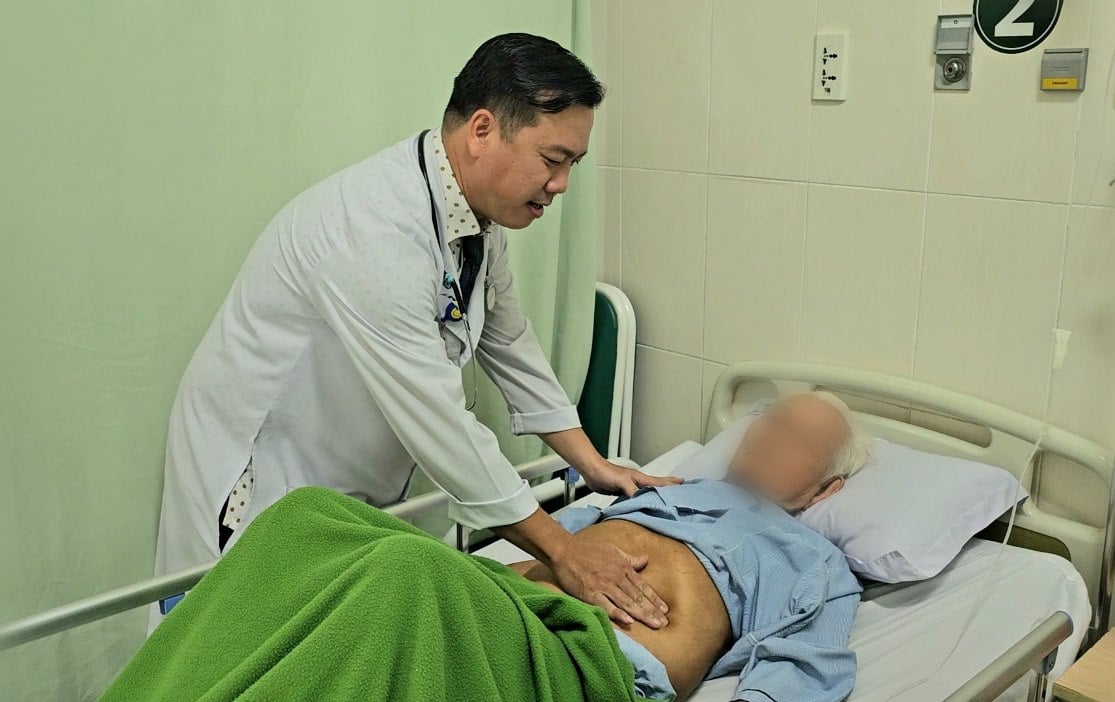
Faced with the critical condition, the medical team successfully decompressed the biliary tract using endoscopic retrograde cholangiopancreatography within 30 minutes. The patient had a biliary drainage stent placed to resolve the biliary obstruction and purulent bile.
After the intervention, the patient's vital signs were closely monitored, antibiotics were given, and intensive resuscitation was coordinated. The patient escaped shock and the risk of death...
After 5 days of treatment, the patient was completely awake, eating well, and could sit up and move around gently. The patient has now been discharged and is being followed up as an outpatient. The patient is scheduled to have the stent removed and the common bile duct stones removed in 3 months.
Dr. Pham Huu Dung - Deputy Head of the Department of Gastroenterology, Hoan My Cuu Long Hospital - said that this is a case of severe acute cholangitis with signs of septic shock in the upper biliary tract in an elderly patient with abdominal aortic aneurysm. The patient was treated with timely endoscopic retrograde cholangiopancreatography (ERCP) intervention, avoiding dangerous complications.
This method is the optimal choice for elderly patients, those in poor health, with underlying diseases, and those in shock. If traditional open surgery is performed, there will be many potential risks and a high risk of death.
This is a gentle procedure, reduces pain, shortens treatment time, patients quickly recover after intervention, has few complications, reasonable treatment costs, helps effectively intervene in biliary tract diseases, especially biliary tract septic shock requiring emergency biliary decompression.
In addition, common bile duct stones are a common disease in Vietnam. If left untreated, this disease can lead to many complications such as acute pancreatitis, biliary obstruction and acute cholangitis. The most dangerous complication is septic shock in the biliary tract, which, if not treated promptly, can lead to multiple organ failure and high mortality.
Source: https://laodong.vn/y-te/cuu-song-cu-ong-84-tuoi-bi-nhiem-trung-duong-mat-nguy-kich-1359525.ldo






![[Photo] General Secretary To Lam receives the Director of the Academy of Public Administration and National Economy under the President of the Russian Federation](/_next/image?url=https%3A%2F%2Fvphoto.vietnam.vn%2Fthumb%2F1200x675%2Fvietnam%2Fresource%2FIMAGE%2F2025%2F12%2F08%2F1765200203892_a1-bnd-0933-4198-jpg.webp&w=3840&q=75)

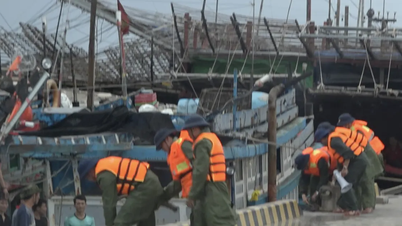

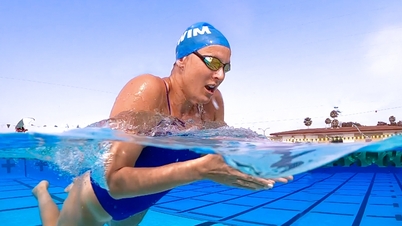



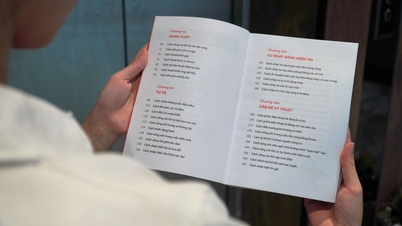





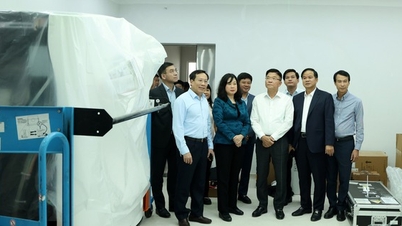


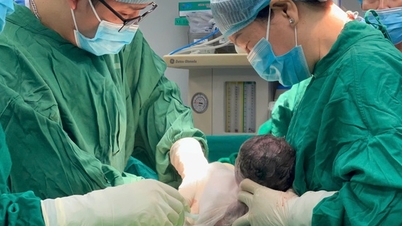
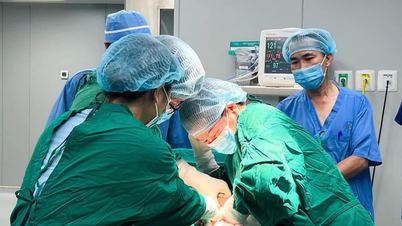
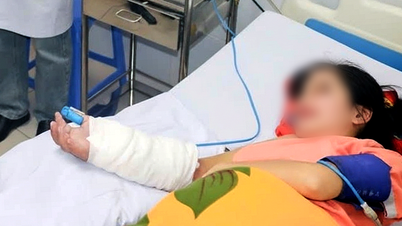






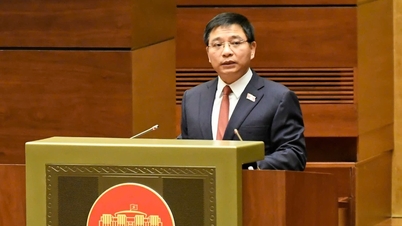




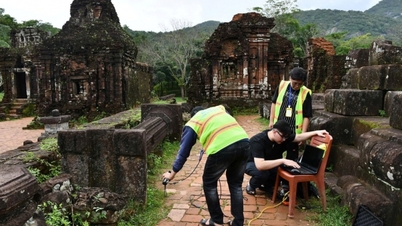






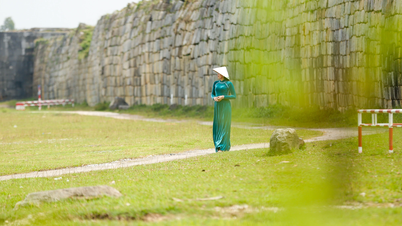





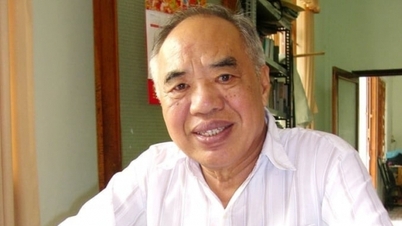


































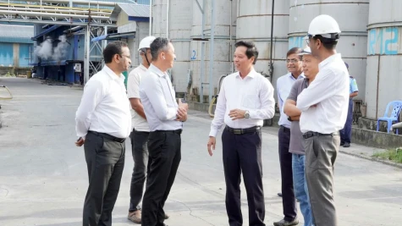

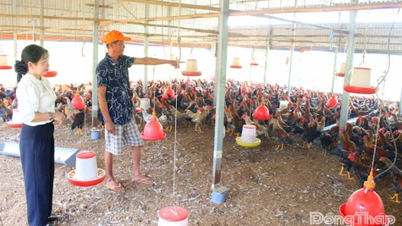
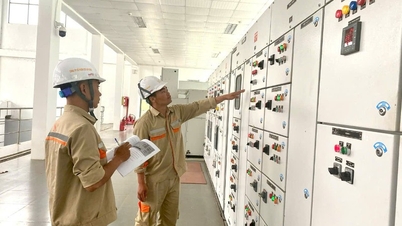

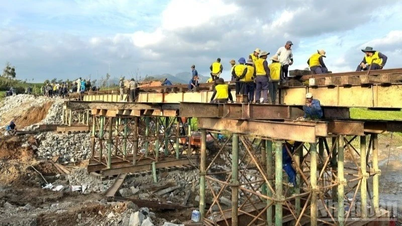

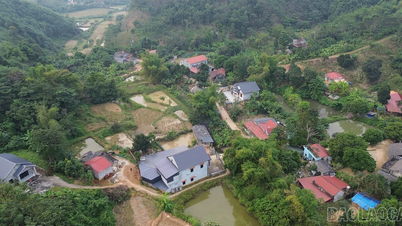











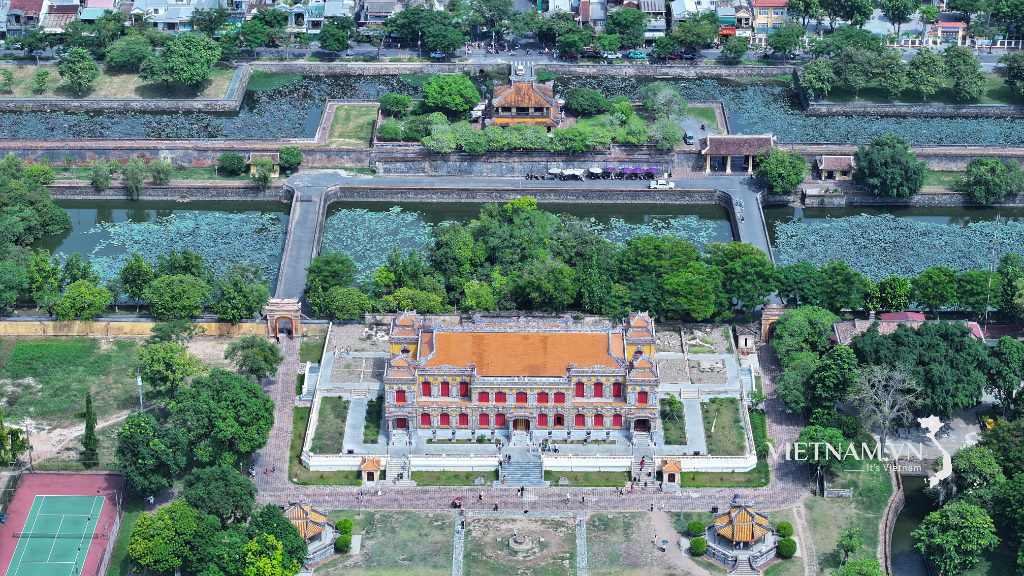






Comment (0)